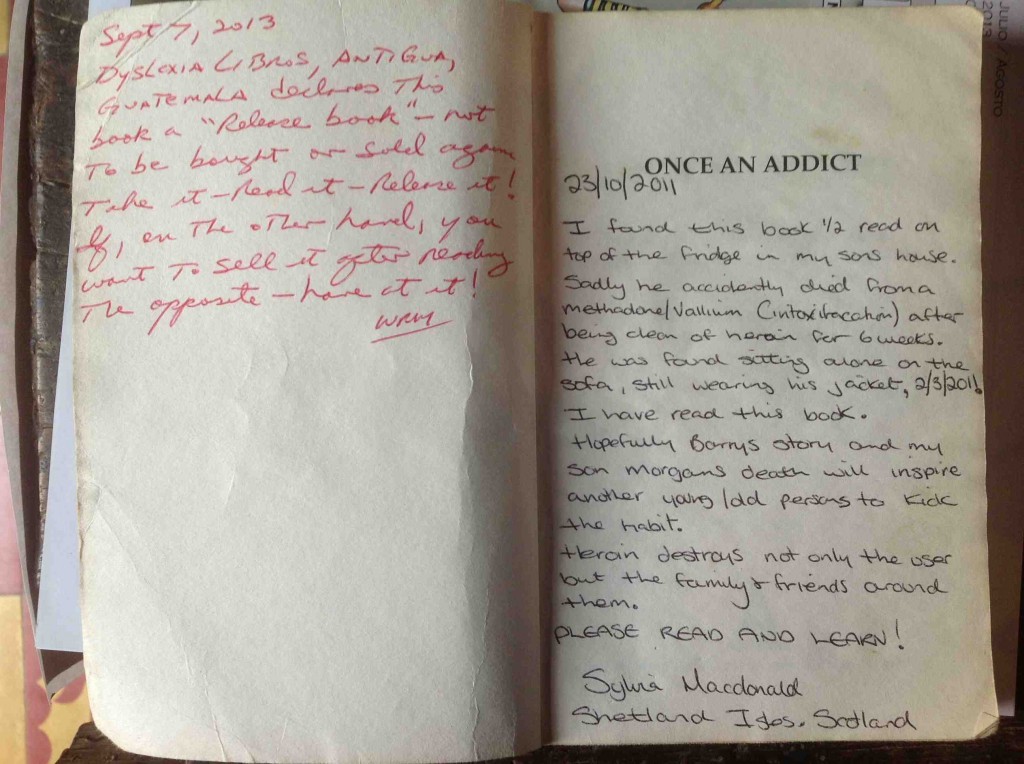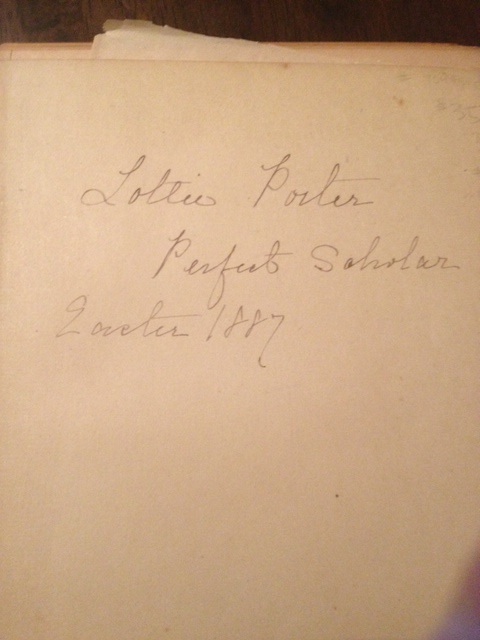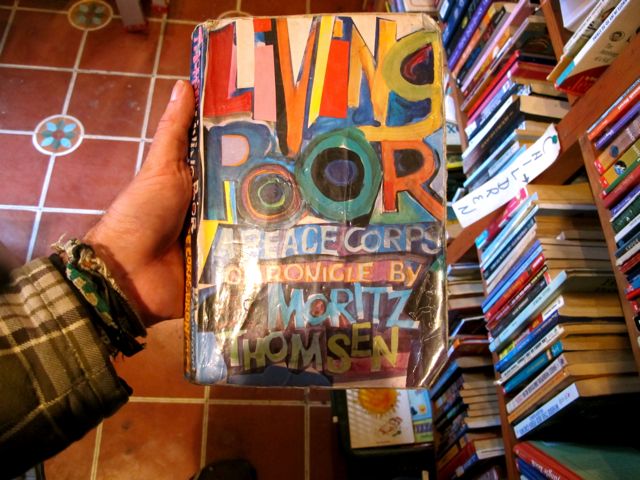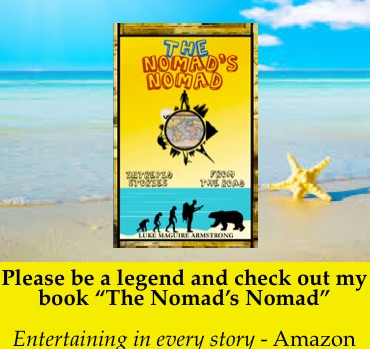The following is an inscription written on the inside cover a book titled “Once An Addict” that was traded to Dyslexia Books in Antigua, Guatemala. The owner, Bill McGowan, only noticed it after the customer had left:
 I found this book ½ read on top of the fridge in my son’s house. Sadly, he accidentally died from a methadone/valium [overdose] after being clean of heroin for 6 weeks. He was found sitting alone on the sofa, still wearing his jacket.
I found this book ½ read on top of the fridge in my son’s house. Sadly, he accidentally died from a methadone/valium [overdose] after being clean of heroin for 6 weeks. He was found sitting alone on the sofa, still wearing his jacket.
I have read this book. Hopefully Barry’s story and my son Morgan’s death will inspire another young/old person to kick the habit.
Heroin destroys not only the user, but the family and friends around them. Please read and learn. –Sylvia.
This is dramatic and arresting, a piercing window into the lives of others, as powerful an inscription as a book can carry. It transports you into the unfortunate lives of strangers, to the point where you feel like you are in the room with Morgan’s grieving mother wanting fervently for others avoid the the fate of her son.
Clues we find about the secret lives of books are just that—piercing windows into the lives of others. Used books, road weary dilapidated paperbacks with a mild scent of mold, carry parts of their mysterious pasts with them in the form of scraps of paper used as books marks and the scrawls of the former owners. These are secondary windows which transcend the text and ground the physical book firmly into a certain context in time. With eBooks the lighter load is nice, but this is why compared to their physical cousins they will always come up short and soulless.
In my time accumulating and then passing on used books, there are a handful of notes and inscriptions that a book carried that I remember more than the books themselves. There was a book I bought in Belize and inside was a packing list. On the other side was a note in cursive that said, “I am living a dream because of you!”
In Powell’s Books in Portland Oregon I once purchased a book from for $15 about that was a memoir of domestic in international travels published in 1866. Inside was an inscription dated 1867, “This book is the only thing that travels as much as you. Merry Christmas.” Suddenly, there was an immediate connection for some stranger who passed away before my grandparents were born. The book I brought home from Dyslexia books today has a short, but warming inscription, “For Roxanne, with real affection – from a proud Mother. –Lee.” Inside the same book is a stamp from Zuvuya Books in San Pedro, Guatemala.
A friend from New York gave me a book of Irish melodies for my birthday has an inscription for a “perfect” scholar dated 1887 and a new inscription in the note she wrote a new inscription dated 2013 that said:
…Though it was purchased in Tejas, a century after its publication, one commonly wonders the many hands that it has passed through and the many places it has seen throughout the decades. Perhaps a hundred years from now, in some place far, far away, it will again find itself in the hands of another writer aspiring to inspire.
I can only hope it does, and will do my duty to that end of eventually passing it on.
Recently I shared a small joy that felt like a homecoming with a book I came across in Vrisa Books in Quetzaltenango, Guatemala. The store lives up to its flyers as having the “Best English books selection” in Guatemala. One of these books on the shelves was a Peace Corp Memoir called “Living Poor” by Moritz Thomsen. I recognized the dilapidated state of the book as being very similar to the one I purchased in 2008 at Rainbow Café in Antigua, Guatemala. I opened it up, and sure enough, there were some of my notes still written in the margin. It was the copy I had owned and traded to Nim Pot when I left Guatemala in 2012. I traced my fingers over the black mold specks, a history of the 2009 rainy season, when the whole country was drenched and water poured into my house onto my bookshelf. There was also a few subtle teeth marks from when my dog, Chopper, had raided my bookshelf.
The experience was like catching site of an old friend I did not even know was in the country. I won’t go so far as to call it a religious experience, but it’s somewhere between that and the mundane joy of a fresh coffee on a cold day.
Bill from Dyslexia took the book “Once An Addict” and put it outside with a sign marked ‘free.’ “That was definitely a release book,” he said. Inside he wrote:
Dyslexia Libros, Antigua, Guatemala declares this book a “Release book”—not to be bought or sold again. Take it—read it—release it! If, on the other hand, you want to sell it after reading the opposite [page] – have at it!
Bill further explained his concept of “release books”, books that are simply deemed by their owner to belong outside of commerce. He got the term from a friend who gave him a “release book” who explained to him that a release book was a book you liked so much you wanted, needed others to read it. Such books are purposefully left in cafés, stores, and park benches—wherever. When I was preparing to leave Chile, the books I couldn’t sell to the bookstore, I released to dogs in the street. So that if someone walked down a particular street, every sleeping dog would be curled up with a book.
Release books carry the same magic as messages in a bottle. I still hold the conviction that the release books I left in Havana will somehow make their way back to me.
After my grandmother’s funeral I descended I packed a bag of poetry books my grandmother had authored and smuggled them into stores around Havana—a place she had always dreamed of visiting.
There is something sacred about a release book, and it’s sanctity shares a thread with what we revere about books in the first place. So in the case of the books that really twist something inside of us, lets release them back to the world and let books continue to lead their secret, handed down lives.









